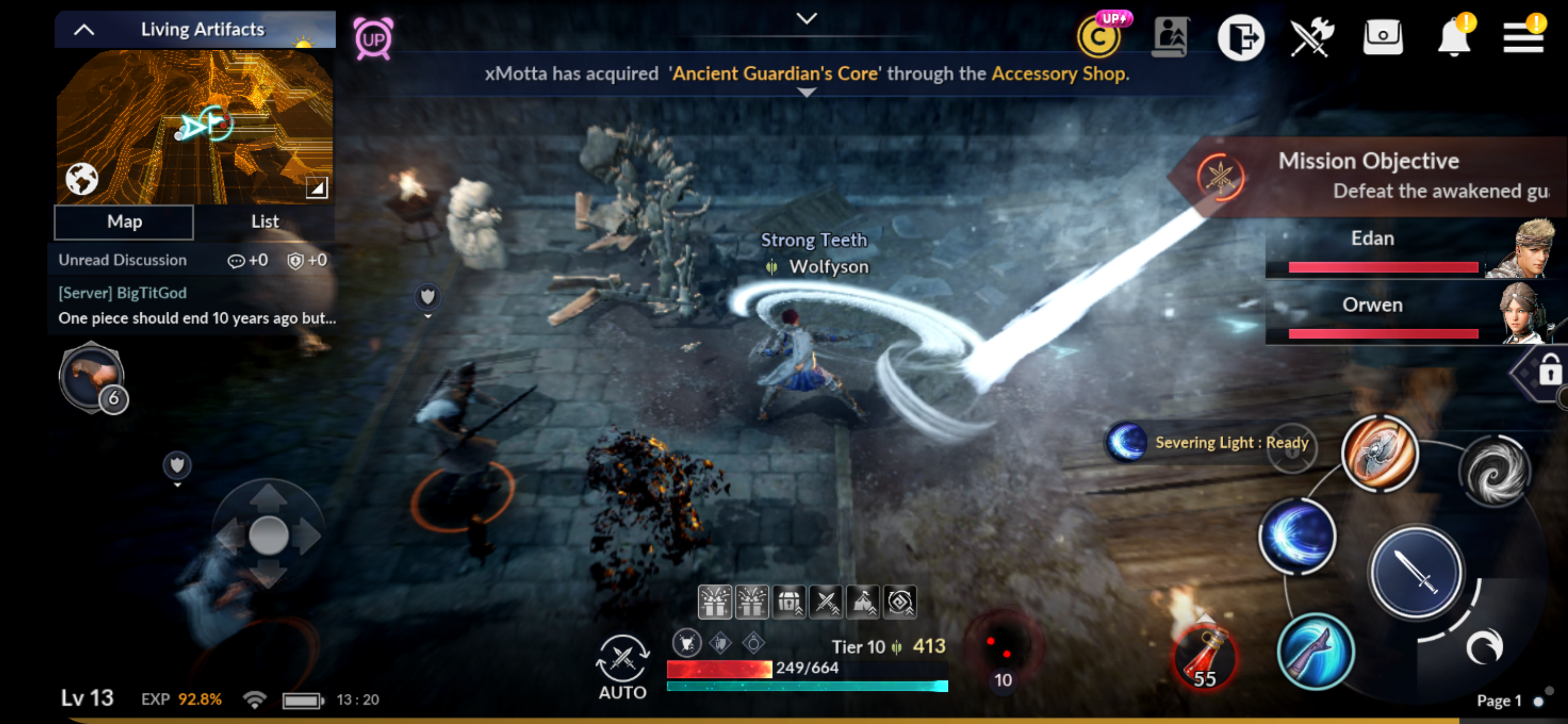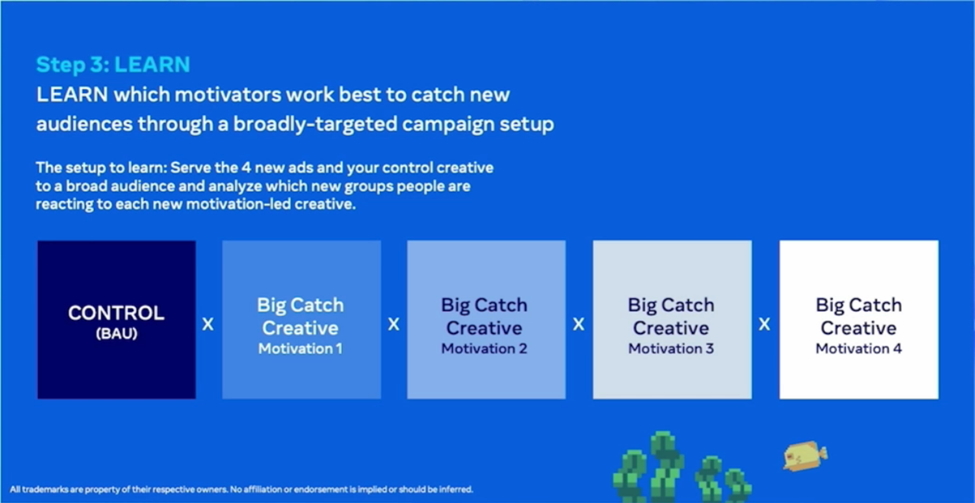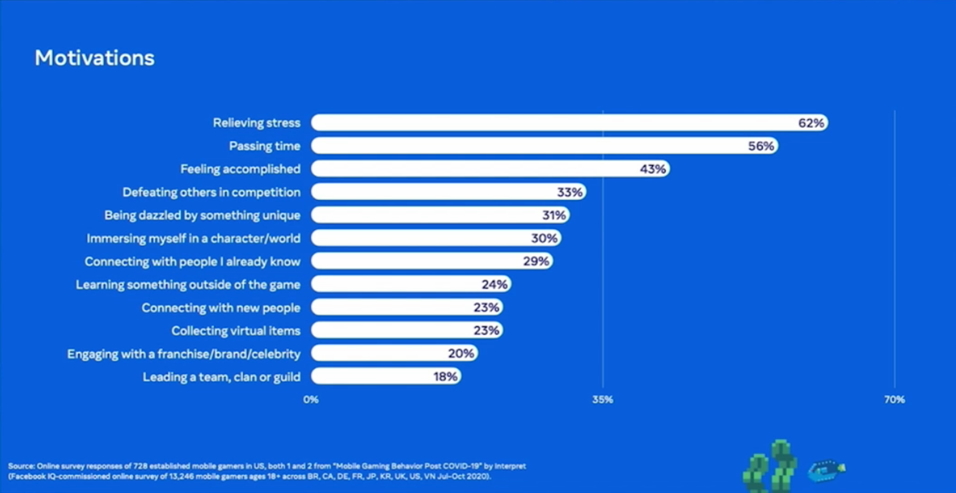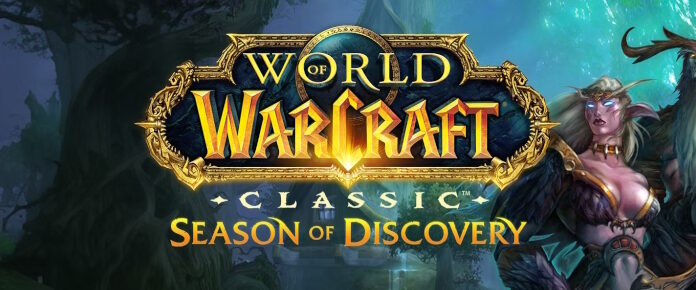
GDC 2021 has been running this week, but sadly there aren’t a lot of relevant panels for MMO or online game enthusiasts. However, it hasn’t been a total wash for industry watchers. One nice thing that GDC does that other cons don’t is focus on developers and their strategies, and that means we can see some of the tricks of the trade.
While mobile gaming isn’t our focus here at MOP, it does affect gaming as a whole, especially as many mobile games have multiplayer online features. I think that for many readers, online game advertisements can feel cheap, even dishonest, and I took that with me when I watched Facebook’s panel on attracting gamers to the platform. Creative Shop’s Leon Lee had a very short presentation with minimal interaction with the audience, but the statistics are quite enlightening, as were things that weren’t really addressed. My hope is that by discussing some of these statistics and strategies, readers will not only better understand how the market may be evolving but how PR and marketing takes advantage of these data when trying to advertise to you.
But first, let’s do some polling. We thought it would be fun to offer our own version of the panel’s polls, so answer them before reading the article so you don’t bias yourself!
All done? Good. So let me run down a few interesting statistics Lee gave about mobile gamers at the conference:
- 80% of “non-gamers” do play games on their phone
- 43% of players are 45 years older or more
- Women not only account for 50% of the market but tend to play more, do so more often, and spend more
Motivating factors (general):
- 33% of players are motivated by defeating others in competition
- 30% play for immersion
- 29% play to connect with people they know
- 24% play to learn something new
- 23% play to meet new people
- 20% play to connect with a franchise/brand/celebrity
- 62% play to relieve stress
- 56% play to pass the time
Motivating factors (limited):
- 46% of new mobile gamers were motivated by self-expression in games
- 45% of new mobile gamers were motivated by defeating other players
- 44% of new mobile gamers were motivated by connecting with people they knew
- 62% of established mobile gamers played for relaxation
To note, these were taken from a pool of about 13,000 people answering question by question, not choosing a singular motivating factor, which is why the percents don’t add up to 100.
Now, let’s put a few of these statistics into context. The part about women gaming and spending more is why I suspect a lot of mobile ads/games have a cute appearance or seem to be explicitly aiming for the female market (not that it’s bad, quite the opposite actually). While graphical limitations are part of it, World of Warcraft has a cartoony look that’s been replicated in the past but didn’t seem to last long. (Conversely, you also see those games that bill themselves as highly competitive but are slower-paced strategy games unless you’re willing fork-out loads of cash, but I’ll get into that more later.)
I also found it interesting that franchises and celebs are not that dominant a factor. Perhaps this is why I haven’t seen as many celebs embracing embarrassing random PvP mobile titles, but it’s also perhaps why certain franchise games just aren’t doing well, despite the fact that they’re being pumped out, which feels like an issue console/PC gaming tackled in the ’80s and ’90s (RIP all those E.T. games).
Looking over the data, I think it’s rather easy to argue that most MMOs, even mobile titles, focus on progression and benefit from connecting to other players (see, um, every player recruitment reward system in every MMO and even generic mobile multiplayer games). However, I do wonder if MMO players may value the opportunity to meet new people more than mobile players do, as I’d argue the interactions are often much deeper. I spent a year casually playing a browser Game of Thrones game through my phone (especially on laundry day), but I never had even a decent conversation with my guildmates even though the game had chat. Heck, when I have met fellow mobile players, such as at conventions, strategy is discussed less than just which characters we like, so it often feels more shallow than, say, talking to a WoW player about the current story arc.
 If progression raiding is a way to indirectly defeat fellow players, that would kind of make sense for why mobile MMOs attract new players. The “auto-play” feature in mobile MMOs becomes even more obvious when you see that established mobile gamers largely play for relaxation and that many mobile gamers primarily play to relieve stress and pass time. Yes, part of this due to the limits on basic control options and screen sizes for devices, but as a Pokemon Go player, I have to admit that the Go Plus feature, which allows me to passively play the game when I’m socializing with non-players, is one of the biggest reasons I still play.
If progression raiding is a way to indirectly defeat fellow players, that would kind of make sense for why mobile MMOs attract new players. The “auto-play” feature in mobile MMOs becomes even more obvious when you see that established mobile gamers largely play for relaxation and that many mobile gamers primarily play to relieve stress and pass time. Yes, part of this due to the limits on basic control options and screen sizes for devices, but as a Pokemon Go player, I have to admit that the Go Plus feature, which allows me to passively play the game when I’m socializing with non-players, is one of the biggest reasons I still play.
This may be why it sometimes feels like there’s a disconnect between PC/console MMO players’ expectations of gameplay vs. what they experience in mobile games. I know mobile MMOs almost never grab me, and while a few surprise me, none really keeps me. It’s the ones that adapt to my expectations not just about the platform’s limitations, but what I want from that platform. My expectations in housing across the two is fairly similar, but I don’t want complex combat on my phone, not just because the device is small but because I don’t want to be tempted to get into deep gaming while I’m out shopping.
However, I’d also argue that perhaps this helps to show that the current MMO standards– raiding and questing– may not actually benefit from market trends.
For example, people who play for self-expression probably don’t want to be wearing the same armor as everyone else, even if it’s the best in the game. While there is prestige in that, finding other people who look almost exactly like you is always off-putting. Moddable armor that can look like anything would help with this.
While you could argue that competitive PvP players may prefer silhouetting so they have an idea of what a character is capable of just by looking at them, I always felt that Guild Wars 2‘s approach of flat levels and armor in structured PvP was not only accessible but made trying out different classes and having alts much more fun.
In fact, I would argue that GW2’s ability to cater to PvP and PvE players helped the game gain immense popularity by keeping various degrees of PvP and PvE separate. I spent some time playing Lords Mobile with a friend and her guild, and while the PvE part was a cute time-killer, I kind of felt like a clone trying to earn my full stormtrooper gear. I played GW2 for a while even after my friends stopped playing, but my time with Lords lasted until I cut it to regain my time.
That’s one thing Lee mentioned in his presentation. Developers should understand what their game is about in order to market it better. However, he then went on to discuss using the previously described data in marketing.

This paired with little discussion on ethics, morals, or really addressing the use of fake or misleading gameplay is something to consider, especially in retrospect for games like WildStar. The above graphic basically says, “Look at the biggest motivating factors your game has and push those.” That’s different from, “Look at your strongest features and push those.” Again using WildStar, I think many of us can agree that a lot of the direct marketing pushed fun, freedom, and customization, whereas the final product was explicitly treated as a hardcore raiding MMO, something I’d argue most fans could have learned if they went beyond the PR speak and looked into early Q&As and hands-on pieces that specifically said “fun” features were on the side and not the primary method of experiencing content.
Admittedly, I was an early fan of the game since the marketing made it seem more of a virtual world than another raiding MMO. When early demos showed it was going more of that same quest/kill route rather than, say, ArcheAge’s closed beta 3 that front-loaded “fluff” features in the tutorial, such as gliders, mounts, farming, sailing, and more, the marketing suddenly felt like a sham. Well done and funny, no doubt, but it didn’t feel like it reflected the product, and I feel like the sentiments of many readers helps support this idea. This has been the same feeling I often get from “Facebook” and mobile titles that seem popular. It’s not that console/PC games don’t do this (because they do); it’s more like because mobile is “in,” there are people specifically taking advantage of newer gamers with strong data but using them dishonestly.
That being said, I almost wonder if these data might support the idea of returning more to traditional MMO content: open-ended, immersive experiences more similar to Star Wars Galaxies or Asheron’s Call than WoW. The previous titles actually worked well as graphical chat rooms (relaxation and social connections), especially with gear that was light on restrictions and could be worn by any player, which also helped with self-expression. The PvE in the latter was arguably more open-ended and allowed for multiple strategies, which can support competitive players, creatives, and even relaxation if players can simply zerg big-bads down with enough players (assuming servers/devices can handle them).
Most importantly, however, is that these older styles of gaming hit those top four motivational values for mobile gamers. While unique experiences are still valuable to mobile gamers, I’ve seen some titles, such as Black Desert, adjust to work on a smaller device. Again, some are more complex than I’d like from a mobile game, but it does make me wonder whether something like Asheron’s Call 2 could have simplified movement and UI to be ported over and given simple monthly stories with “voting triggers,” as it had done with past franchise events. The data suggest that new players would apparently want this kind of content and that current mobile gamers seem to prefer a relaxing pace, but we need marketing that reflects the actual content rather than hitting on popular trends.
Constantly referring to the strategy as “The Big Catch” and seemingly quantifying this result as “working 100%” without detailing it (I’m assuming it just means each attempt led to at least one new player) only further helped to make me feel like PR and marketing often view players, potential and current, as a resource rather than as community members. Though the data set we got was good, the way it’s supposed to be used doesn’t feel great, especially when I’d argue that many of us already have seen this strategy being used without data. Adding the data just seems like further weaponizing this against consumers-as-fish.
Check out more of our GDC 2021 coverage!















